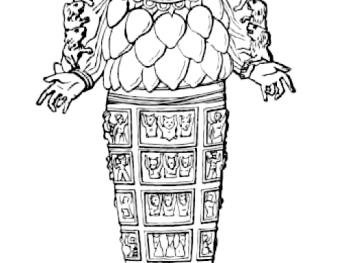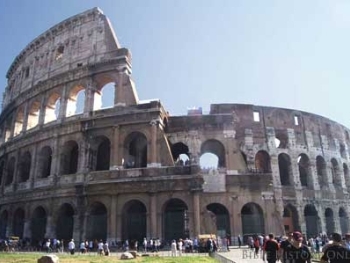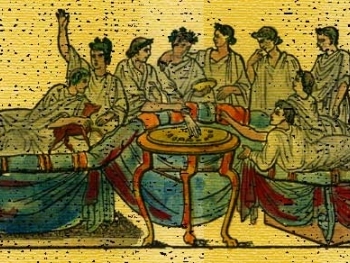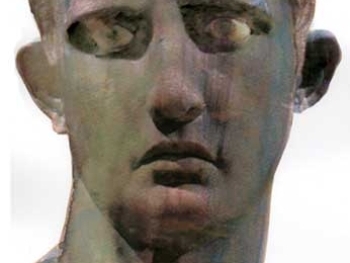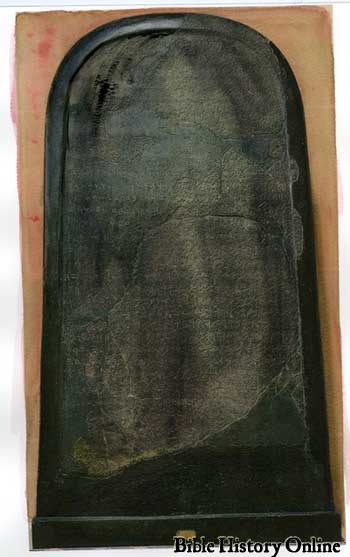
The Moabite Stone was discovered in 1868 about 20 miles east of the Dead Sea at Moab. It was a black and blue basalt stone dating back to around 830 BC, discovered by a German Missionary named F.A. Klein. It contains an inscription that reads:
“I Mesha, king of Moab, made this monument to Chemosh, to commemorate deliverance from Israel. My father reigned over Moab 30 years, and I reigned after my father. Omri, king of Israel oppressed Moab many days, and his son (Ahab) after him. But I made war against the king of Israel and drove him out, and took his cities, Medeba, Ataroth, Nebo, and Jahaz, which he built while he waged war against me. I destroyed his cities, and devoted the spoil to Chemosh, and the women and girls to Ashtar. I built Qorhah with prisoners from Israel.”
Source:
